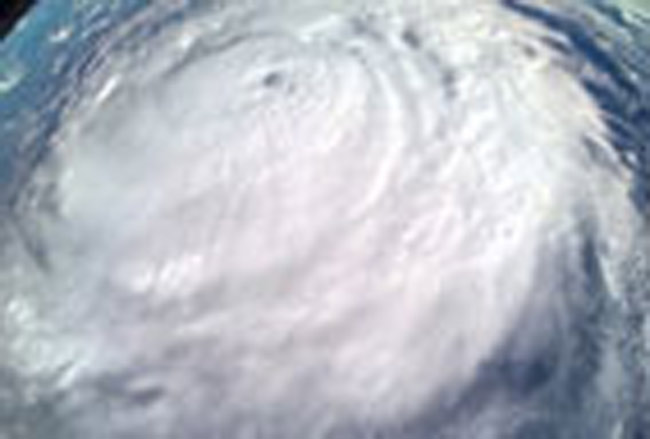Forecasters Confident Busy Hurricane Season Looms

The 2005 Hurricane season is expected to be another busy one, officials reiterated today.
An early forecast for this year was released in December by longtime hurricane prognosticator William Gray at Colorado State University. Gray expects above-average activity in the Atlantic Basin, which includes the Caribbean and the Gulf of Mexico.
Today, officials with the National Hurricane Center offered up their own, similar prediction.
The latest look into the crystal climate ball calls for 12 to 15 tropical storms, up to nine of which will become hurricanes. Of those, three to five could become major hurricanes with sustained winds of 111 mph or stronger.
"Forecaster confidence that this will be an active hurricane season is very high," said Navy Vice Adm. Conrad Lautenbacher, administrator of NOAA, the parent organization of the National Weather Service.
Forecasters caution, however, that they cannot predict this far in advance when or where any storms might strike. The predictions are based on a host of factors, including global climate patterns and sea-surface temperatures. The predictions are also influenced by long-term cycles of activity that scientists have come to understand over the past dozen years or so. Hurricane activity has been above average since 1995.
The hurricane season begins June 1 and runs through the end of November. The storms develop anywhere from off the African coast to inside the Gulf of Mexico, relying on warm tropical water for fuel.
Get the world’s most fascinating discoveries delivered straight to your inbox.
Gray and his colleagues in December predicted 11 tropical storms, six hurricanes, and three major hurricanes.
The 2004 season got busy in mid-August when Hurricane Charley plowed into southwestern Florida. Hurricanes Frances, Ivan, and Jeanne followed.
The season typically is busiest from August through October. An update to the forecast will be issued before that period.
"Last year's hurricane season provided a reminder that planning and preparation for a hurricane do make a difference," Max Mayfield, director NOAA's National Hurricane Center, said today. "Residents in hurricane vulnerable areas who had a plan, and took individual responsibility for acting on those plans, faired far better than those who did not."
A below-normal hurricane season is expected in the Eastern and Central Pacific, officials said.
Related Stories
- Billion Dollar Weather Disasters
- Nature's Wrath: Global Deaths and Costs Swell
- Global Disaster Hotspots: Who Gets Pummeled
Until then ...
Robert is an independent health and science journalist and writer based in Phoenix, Arizona. He is a former editor-in-chief of Live Science with over 20 years of experience as a reporter and editor. He has worked on websites such as Space.com and Tom's Guide, and is a contributor on Medium, covering how we age and how to optimize the mind and body through time. He has a journalism degree from Humboldt State University in California.




